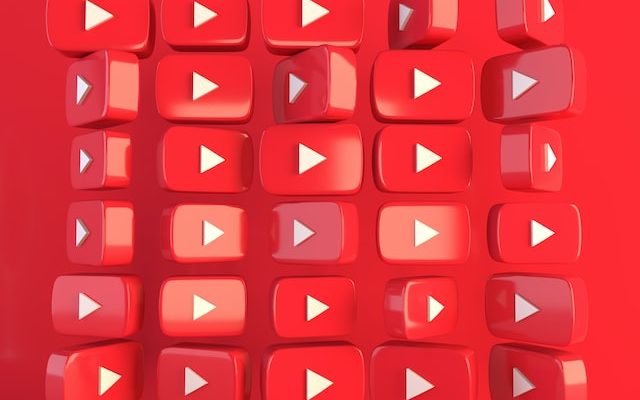YouTube is the second most popular social network in the world. With almost 2.5 billion monthly active users, only Facebook has greater reach. And yet many publishers approach the video platform as an afterthought, giving it far less attention than sexier new video apps like Instagram or TikTok. It’s time to develop a dedicated YouTube strategy, says Damian Radcliffe.
Takeaways
- In a post published by industry association Digital Content Next, journalism professor Damian Radcliffe draws attention to the gap in YouTube strategy at many publishers. He argues that it’s time to fix that oversight, because of YouTube’s size, but also because of the platform’s versatility and the access it has to younger audiences.
- The original video-sharing network, YouTube has been going since 2005. But unlike many of its contemporaries, the site has gone from strength to strength. According to online-ranking analysts Semrush, YouTube is consistently the second-most visited website globally. In August it had more than 66 billion visits.
- This year’s Digital News Report highlights YouTube as ‘the second most important network for news after Facebook’ according to report lead Nic Newman. Although popularity varies across the 46 countries studied in the report, the almost universal popularity of YouTube suggests publishers need to give the platform more dedicated attention. Newman said:
YouTube is a seriously undervalued part of most publishers’ audience development plans.
- Radcliffe argues that scale is not the only reason publishers should consider developing a dedicated YouTube strategy; the platform is also incredibly versatile. Although primarily a video platform, YouTube is a major player in the audio space and identified as the primary podcasting platform in some markets.
- And although competing with publishers for advertising spend – YouTube brought in over $7 billion in Q2 2022 – there are opportunities for publishers to earn on the platform. The YouTube Partner Program (YPP) gives publishers access to monetization features, from advertising and sponsored content to channel subscriptions and online shopping. Digiday put the typical revenue share at 55% for ads in 2020.
- Radcliffe points out the scope for experimentation and avoiding the “one size fits all” approach which he says publishers sometimes encounter on other platforms. He writes:
When it comes to both content and opportunities for revenue, the platform’s versatility means you don’t have to deploy a cookie-cutter model to be successful on it.
Younger Audiences
Getting in front of younger audiences is a major objective for most publishers, and for companies actively developing a presence among Millennials, Gen Z, and even Generation Alpha (children born in the last decade), YouTube has a place. Radcliffe reports new data from the Pew Research Center that demonstrates that YouTube usage is all but ‘ubiquitous’ among American teenagers.
Pew’s “Teens, Social Media and Technology 2022” report found that around three-quarters of U.S. teens (77%) visit YouTube on a daily basis. Close to 20% said they use YouTube almost constantly, ahead of both TikTok (16%) and Snapchat (15%).
Challenges
YouTube, of course, presents challenges for publishers. Its recommendation engine can push viewers to other creators and keeping audiences and selling ads on your own properties does give publishers more control. But giving the examples of Vox, Vice News and Insider, Radcliffe suggests publishers can achieve success on the platform without needing to create a huge volume of content.
Citing UK newspapers working well on the platform he says:
A clear voice, a willingness to experiment and “building trust with the casual audience,” are all potential ingredients for YouTube success.









